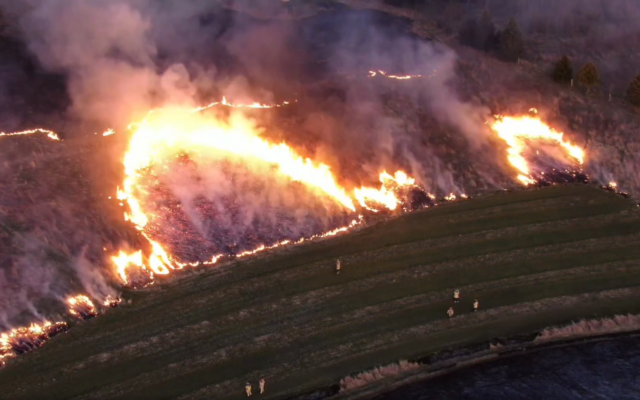“Jamestown will be lost”: Climate change threatens to sink historic colony

▶ Watch Video: Jamestown races to protect colony from climate change
Jamestown, Virginia — More than 400 years after the first European settlers arrived, Jamestown, Virginia, is struggling to survive the ravages of climate change.
“We are concerned that if we don’t take action, Jamestown will be lost,” said Elizabeth Kostelny, who runs Preservation Virginia, the nonprofit overseeing the colony’s original 22 acres along the James River.
Kostelny, who is racing to save it from rising water, said America will lose “part of its soul” if the site sinks.
“Jamestown’s incredibly important,” she told CBS News. “It tells a national story about our persistence, our democracy and the beginnings of our race relations.”
The Jamestown colony marked the start of representative government in the new world. It’s also where Pocahontas married John Rolfe. And it remains the site of archeological history, hidden and waiting to be unearthed. Kostelny said she finds things of significance at the site “every single day.”
“Jamestown holds supreme in terms of world heritage. This place is in our minds where you draw a line in the sand about sea level rise, climate change and cultural heritage,” David Givens, director of archeology at Jamestown Rediscovery, told CBS News.
That line in the sand starts with shoring up the 1904 seawall along the river bank with 96,000 tons of granite to help deflect the force of ever-strengthening storms.
The river has risen more than 18 inches in the last century. So-called 100-year storms now hit every five years. But the biggest threat to Jamestown isn’t the rising river. It’s a swamp that’s literally devouring history as it grows.
“We have [water] from both sides, below, above. We’re getting attacked from all sides,” Michael Lavin, who is leading Jamestown’s fight against climate change, told CBS News. “We’re going to have to raise buildings, raise roads, do salvage archaeology, put in berms, pump systems to truly save Jamestown.”
Saving the site will likely require raising tens of millions of dollars over the next five years to keep this American treasure from being washed away.



